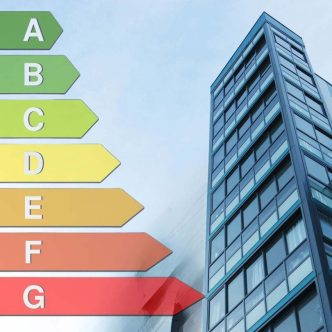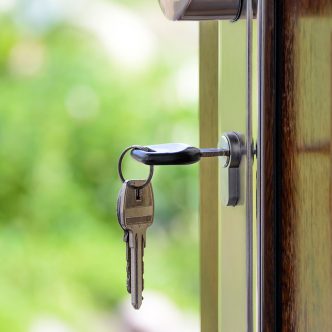Everything commercial property owners need to know about easements
Whenever you purchase or let any land it is essential to know about any easements that may be in place as these may affect how you use the property, for example parking and building works you have planned as well as having implications for your privacy.
What is an easement?
An easement is a legal agreement between two property owners that gives the right to use somebody else’s property in a particular way, even when you do not own it. Easements are usually created by deed when an area of land is being divided and part sold or let to another person but they may also be implied by law without being explicitly specified in any deed (known as implied easements or implied grant). Easements are usually now created on TP1 or TR1 forms. Prescriptive easements are another form of legal easement which occur where rights to the property have been used for over 20 years, although the criteria can be difficult to satisfy.
As well as legal easements, which are binding whether the purchaser knew about the easement or not, there are also equitable easements. These only bind a purchaser if they had prior knowledge of the easement. This makes equitable easements able to be challenged.
Types of easements
There are many different types of easements, the main types of easement relating to commercial property are as follows:
An easement BY necessity
An easement of necessity is often an implied grant due to private rights of way and is often in place because a property owner cannot gain access to their land without crossing a piece of land owned by someone else. These types of easement may also be granted for repair work that cannot be undertaken without access to adjoining land. There are rights of light, air, support and rights relating to artificial waterways to be aware of.
Utility easement
Utility easements may be in place for drainage and sewage pipes to travel underneath property owned by someone else and allows companies to install power cables, sewage pipes, telecommunications lines etc. in certain circumstances for the good of the community.
The four essential elements of easements
There are four things legal easements must have:
They must be two adjoining properties (dominant and servient land)
Of the two adjoining properties within an easement one property is known as the dominant land or dominant tenement which has the benefit of the easement. The other property is known as the servient land or servient tenement, which has the burden of the right.
THE TWO PROPERTIES must be owned by two different persons
The two properties to which the easement relates must be owned by two different people.
The easement must be capable of being created by deed
The right must be recorded by deed and in the case of registered land, should be recorded on the Title Register for each property affected with the land registry.
How are easements transferred during property sale?
Easements may be part of the transfer deed and recorded with HM Land Registry upon sale of the property to which the easement applies.
Alternatively the easement may be implied by law after the sale, this may be until a legal easement has been drawn up. It should be noted that a legal easement cannot be created for land that is not registered, although an equitable easement can be drawn up in some cases.
Why are easements important in commercial property?
Wherever commercial property easements are in place it is essential to know what they mean for you as a business owner.
What are the conditions related to the use of the easement or access?
Who is responsible for the upkeep or costs related to the easement. Does this fall to you or is it down to the owner of a neighbouring property?
When does the easement agreement ends? Or is there any way of terminating the easement?
Could easements affect commercial lease as well?
It is essential that, as a tenant, you are aware of any easements on the property you are leasing which could affect you should you invoke or violate them. These could include modifications to the building or digging due to the location of utility wires and pipes that may not be explicitly mentioned in your lease agreement.
What do I do if the commercial property I have bought or want to lease comes with an easement?
The best thing to do if the commercial property you have bought or are leasing comes with an easement is to get in contact with a specialist commercial property solicitor such as our team at Woollcombe Yonge. We are experts in commercial conveyancing and will let you know of any pre-existing easements before you agree to the purchase of commercial property.
But, even if an easement isn’t explicitly mentioned in a lease or deed documents, then our team will still look over the documents and carry out additional research to ensure you are aware of all the easements regarding the property in question.
A commercial solicitor will be able to help you understand your rights as either the dominant or servient land owner and where you stand if you are looking to create or remove an easement on neighbouring land or your own property as the rules around revoking easements are complicated.
Get in touch with our team now to discuss all your commercial property needs.
Similar stories

New EPC regulations for commercial property – What you need to know

What is the difference between a commercial property lease and a commercial property licence?

Why do you need a solicitor when buying a house?

Woollcombe Yonge commit to reducing conveyancing transaction times.

Trainee Solicitor Qualifies
Conveyancing client
"As a family we found the service provided to us was delivered with ’empathy’ and was in fact ‘outstanding’, we would most certainly recommend Woollcombe Yonge to friends.”
